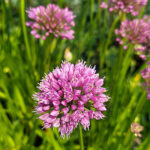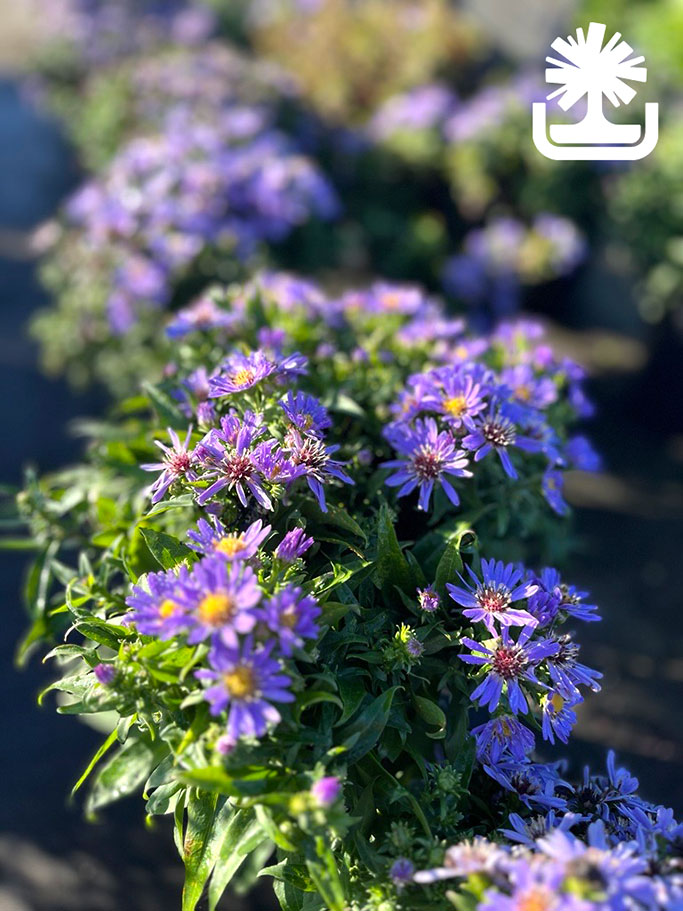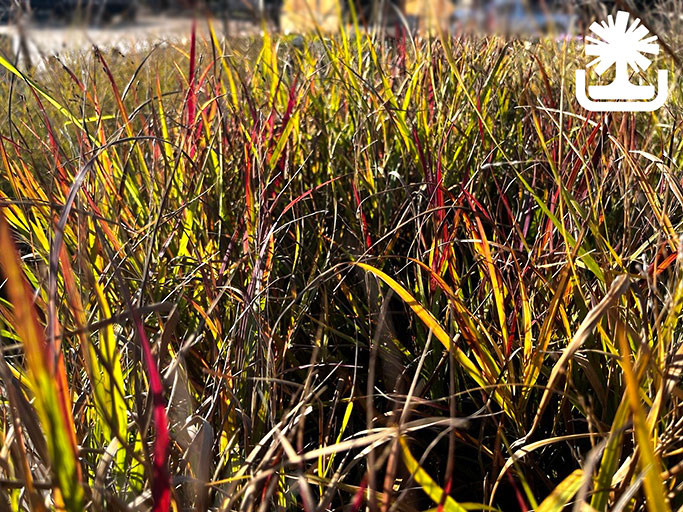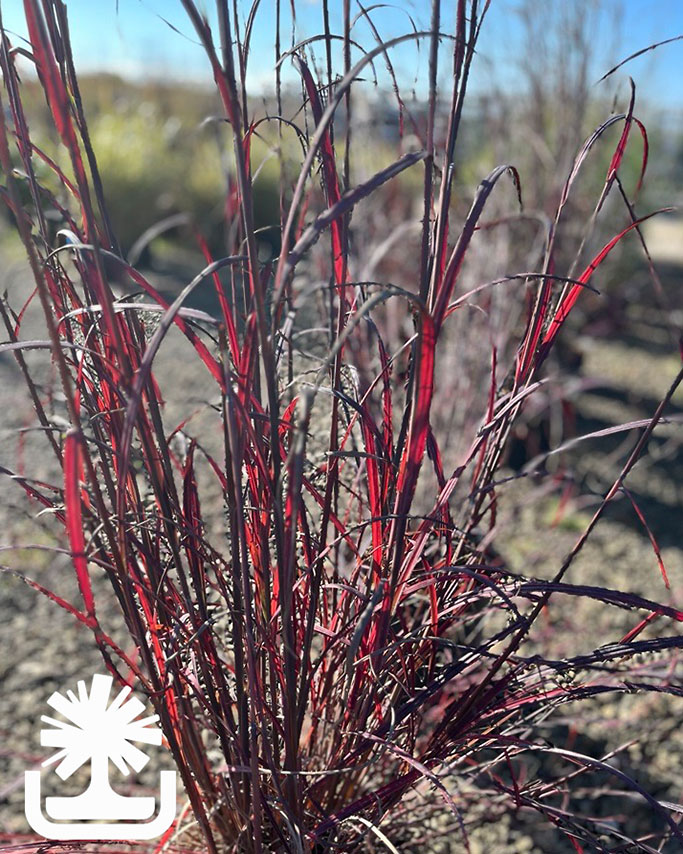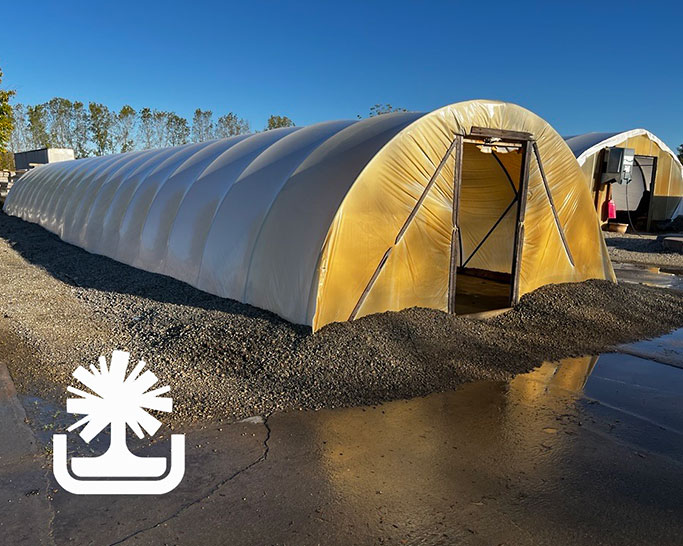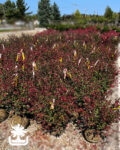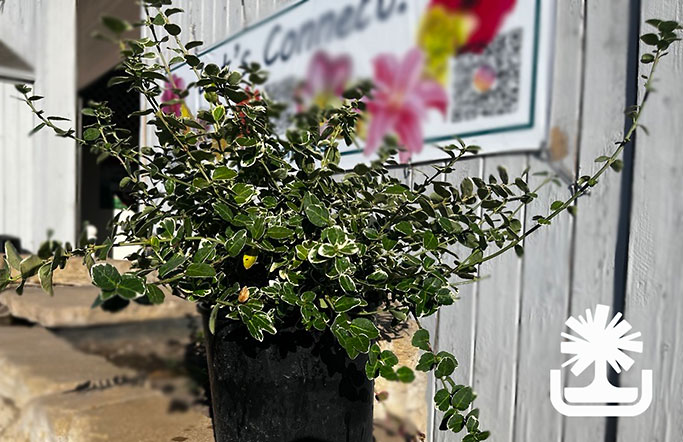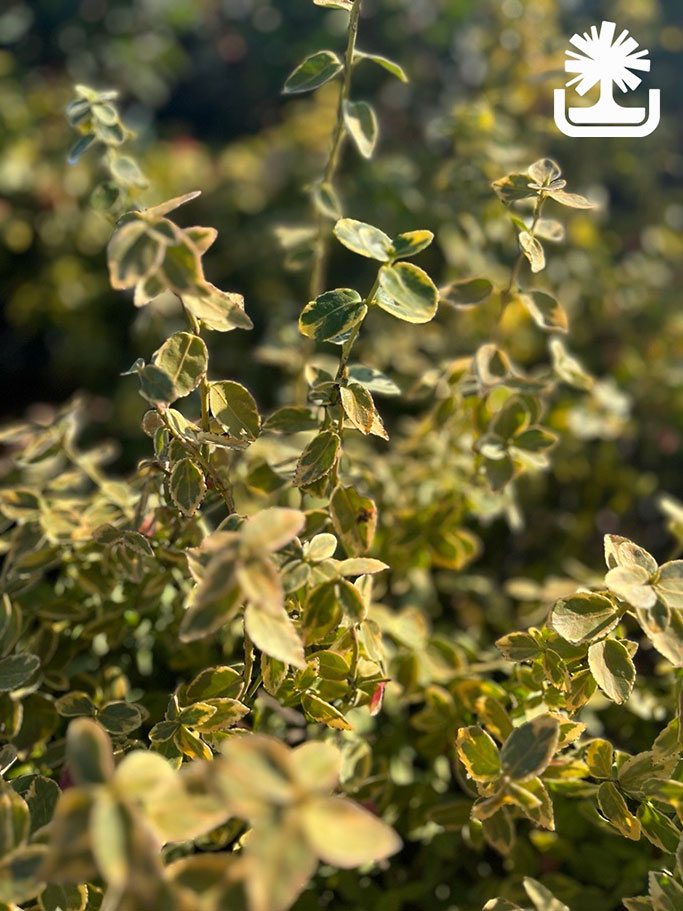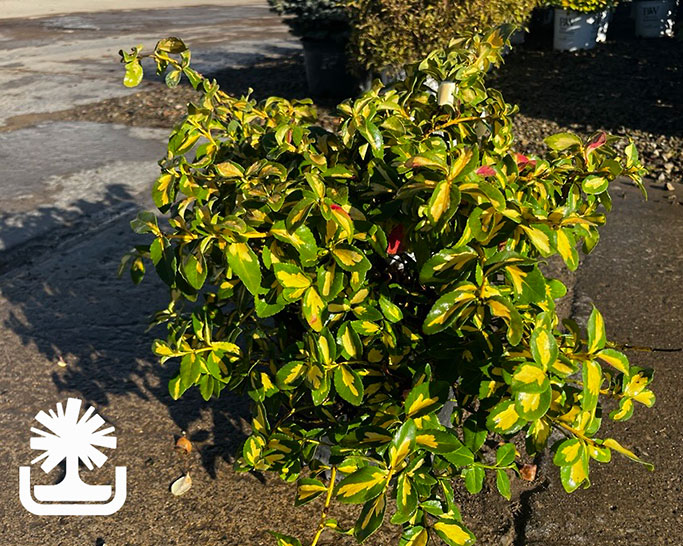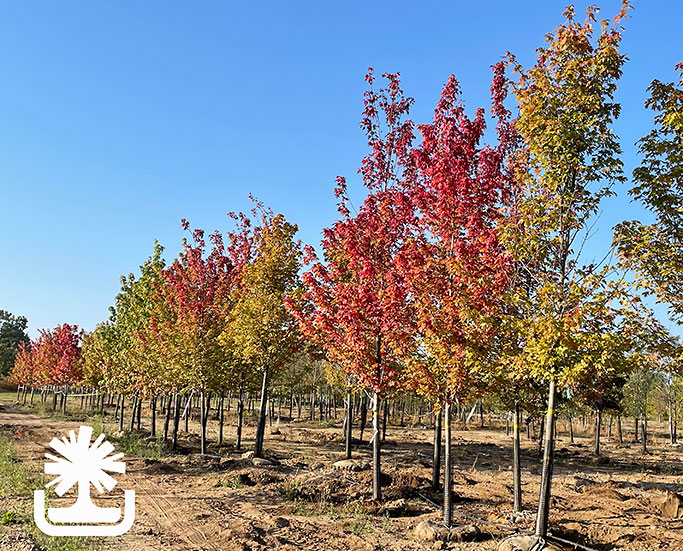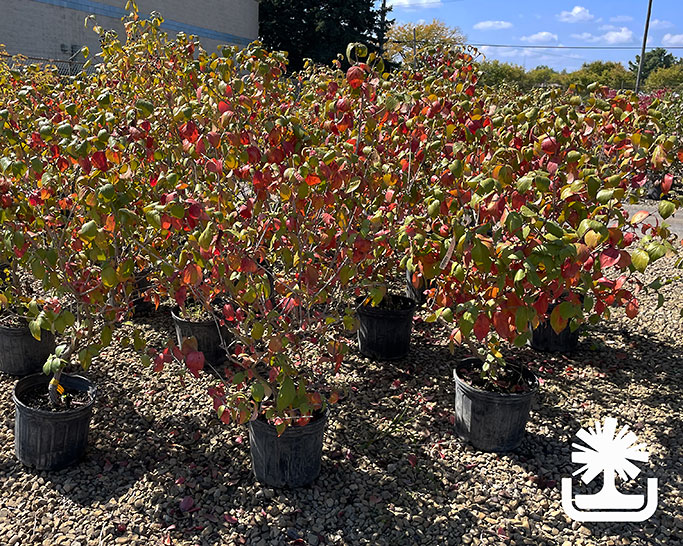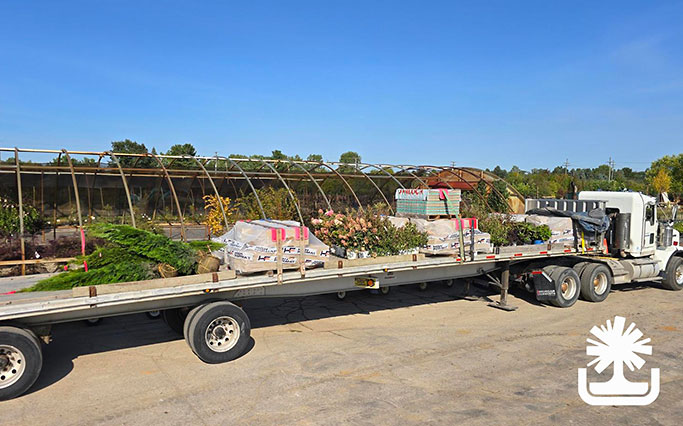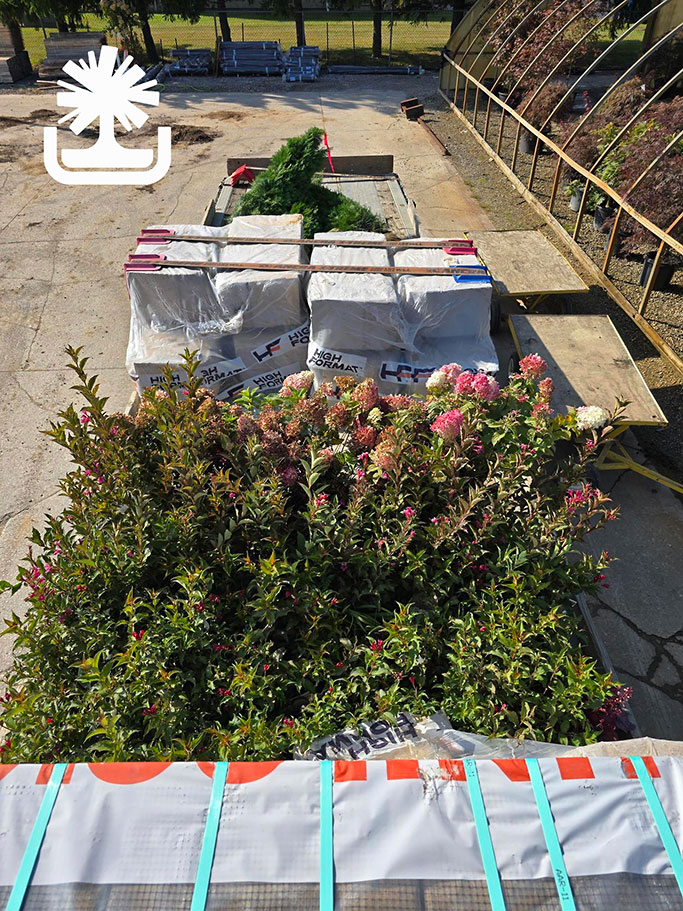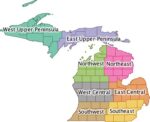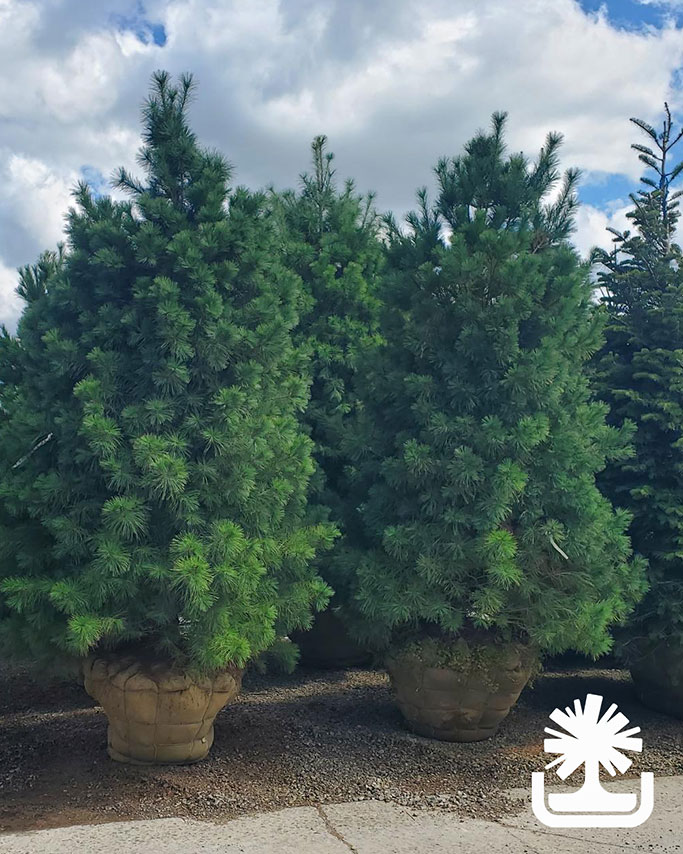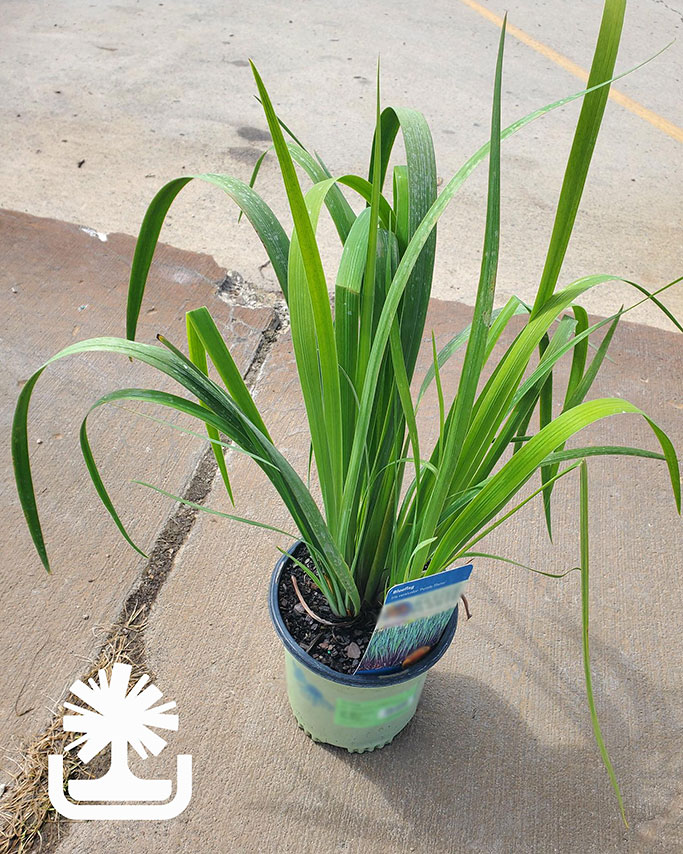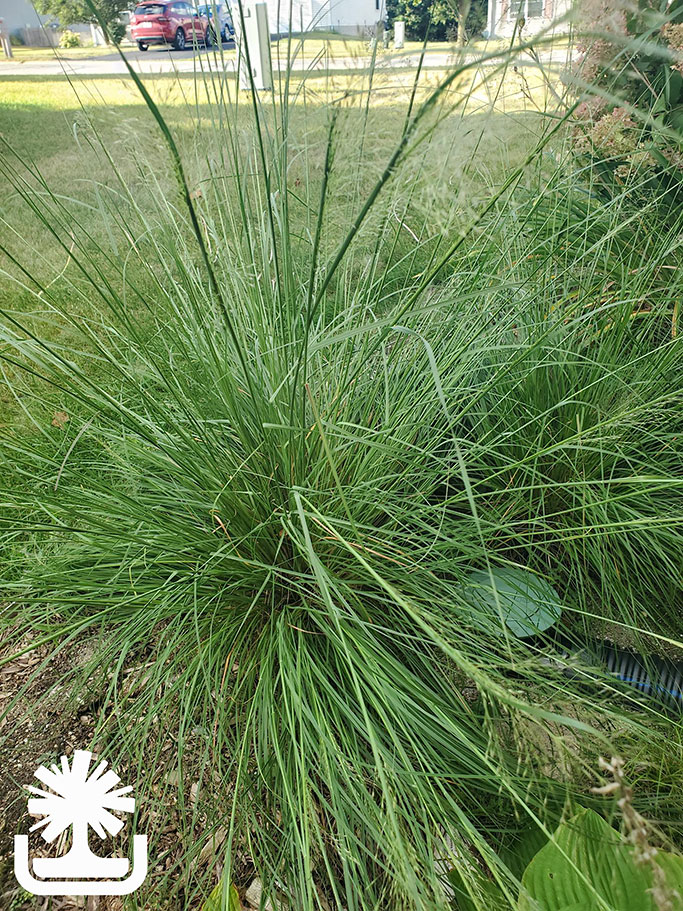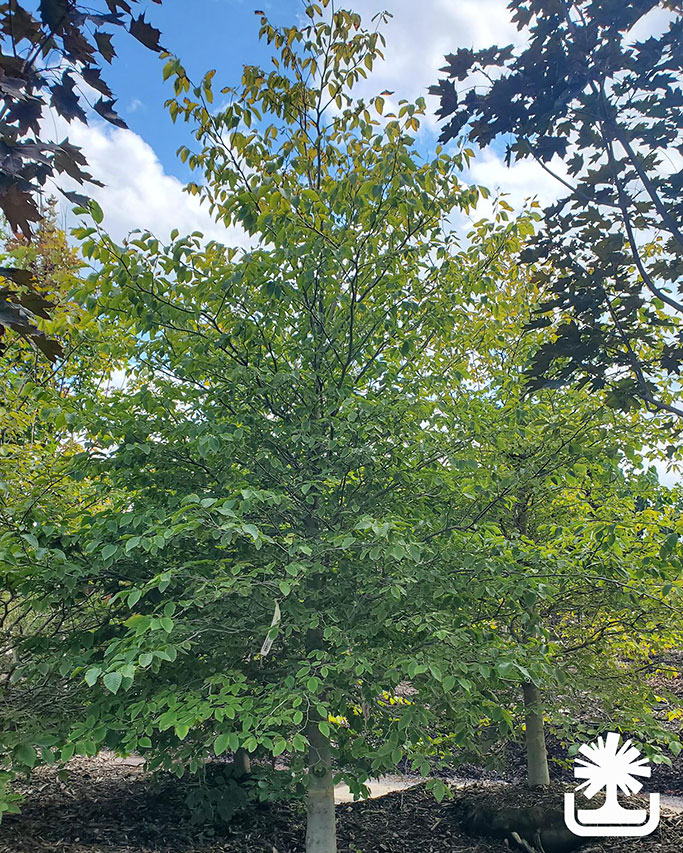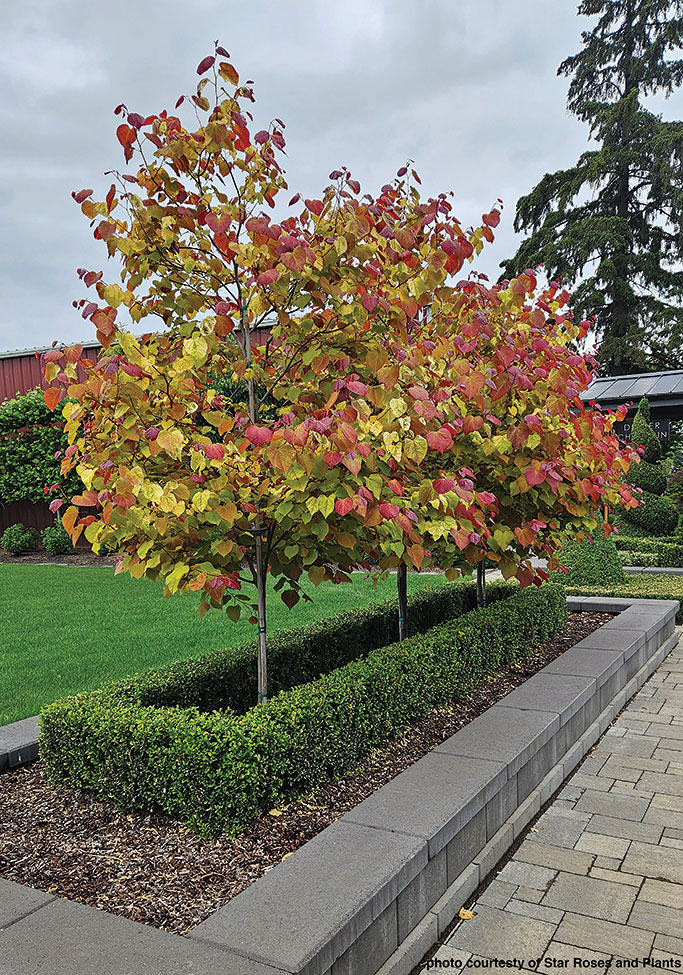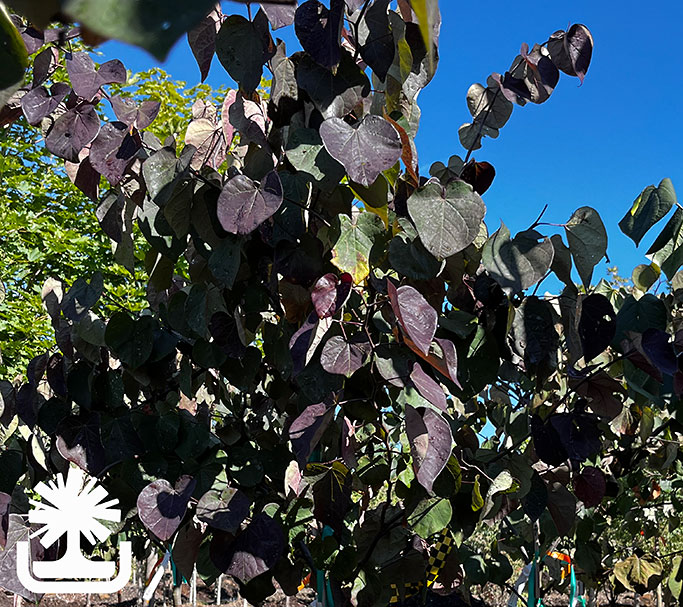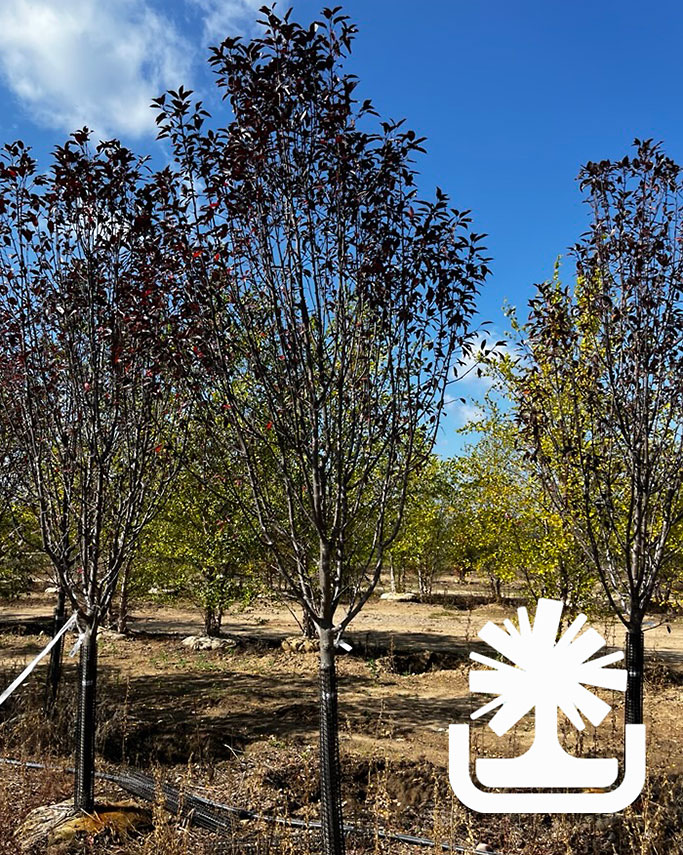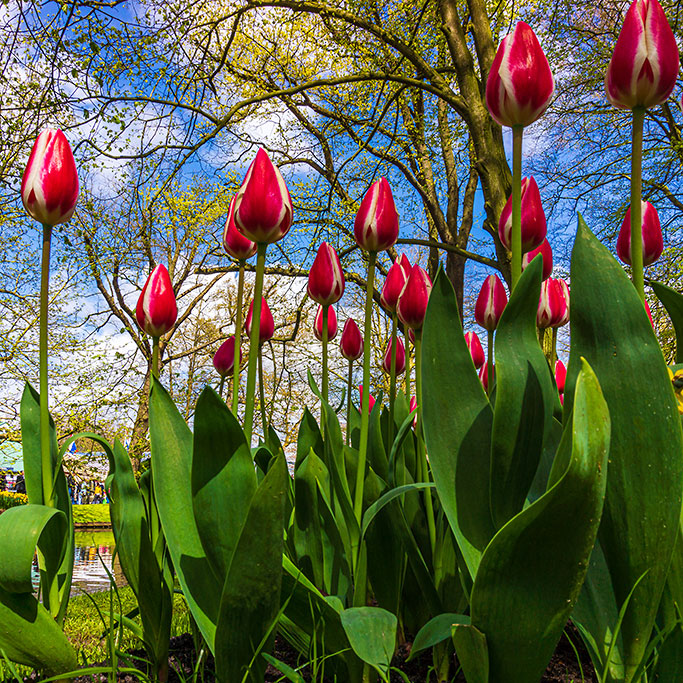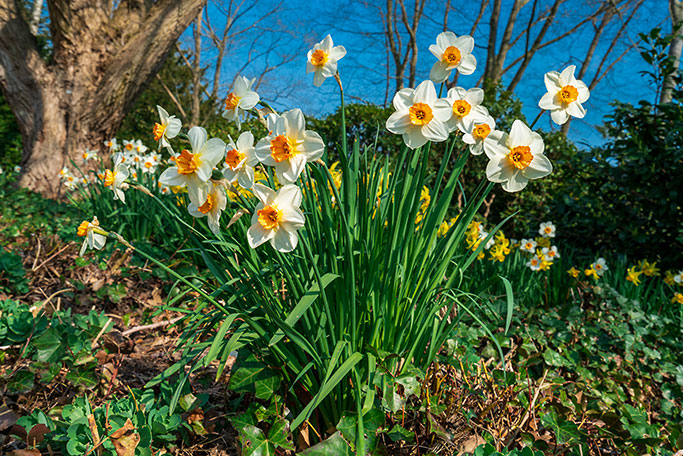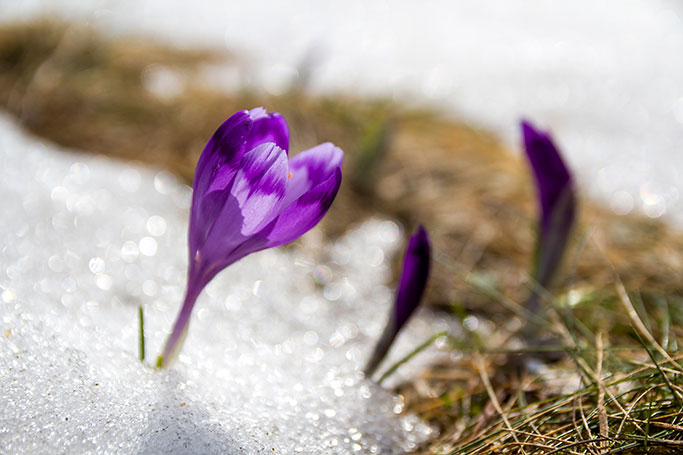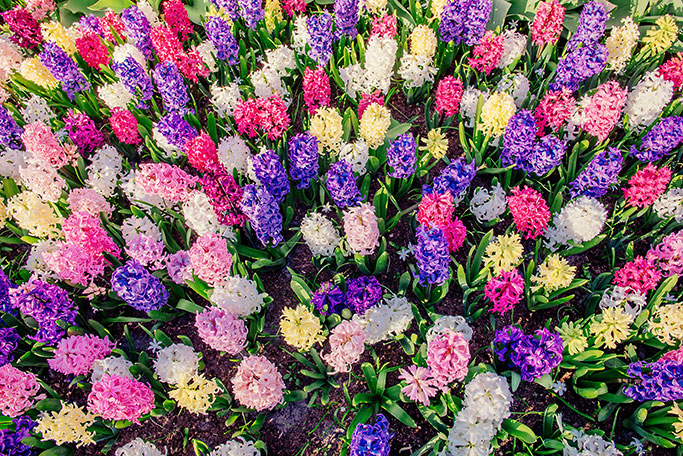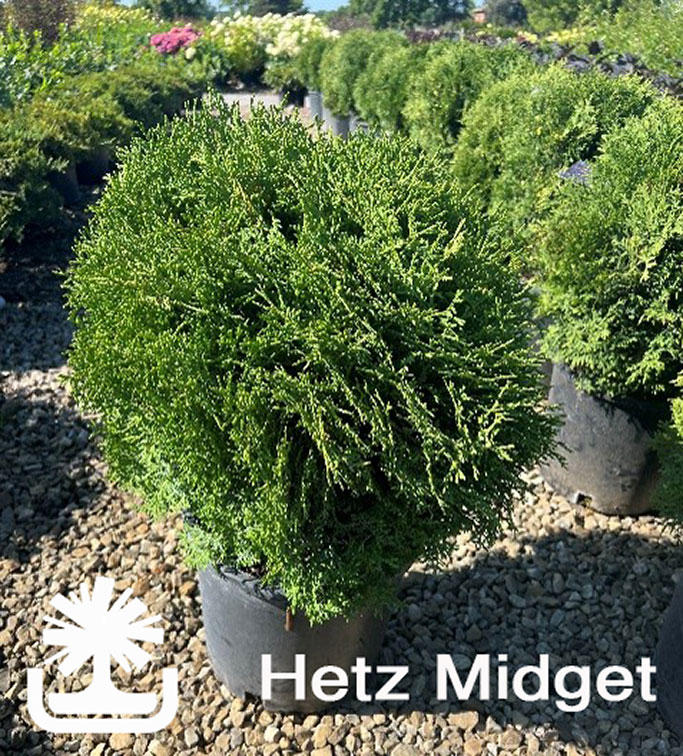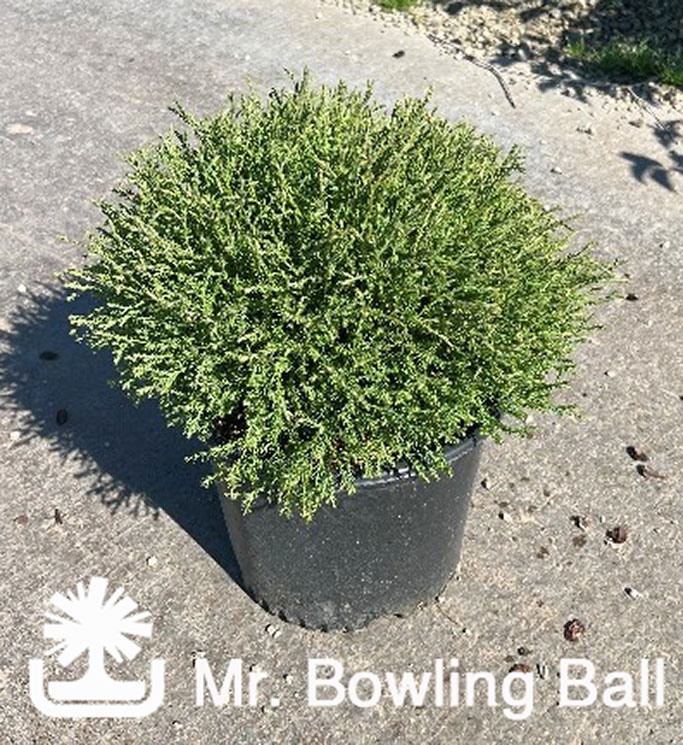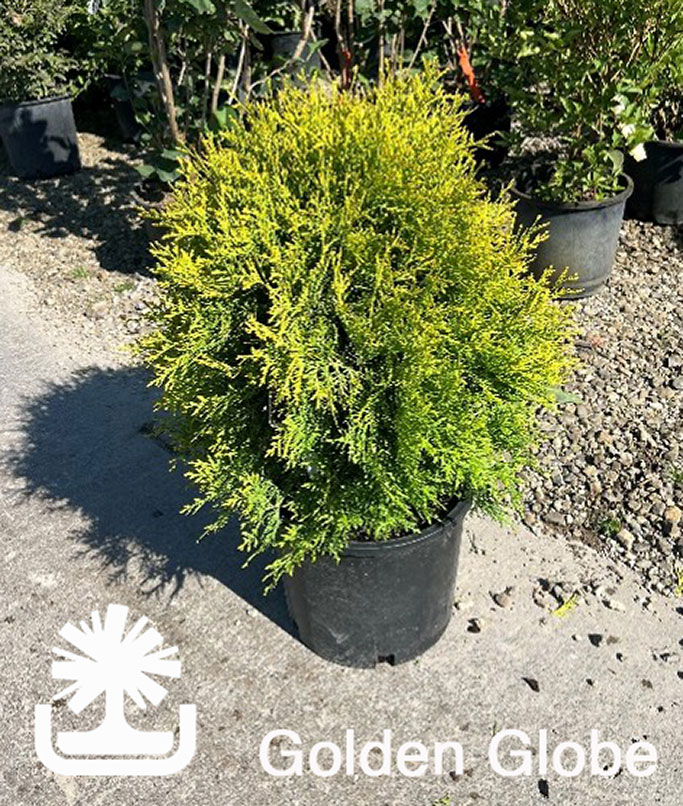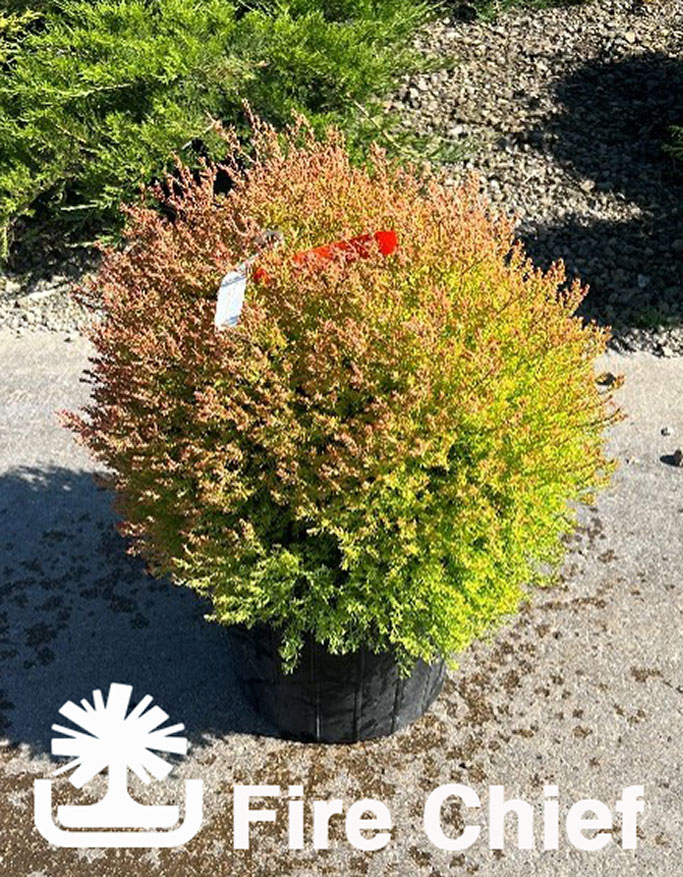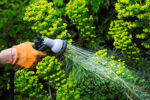Snow ruins everything
OK, maybe not everything. I had fun playing in the snow as a child, building snowmen, having snowball fights with neighborhood friends, and sledding on the hill in our yard. There was one year when we had so much snow, it was over my head as I traversed our front sidewalk!! Growing up in Minnesota, snow was part of life just like it is here in Michigan.
However, as I aged, snow became less fun. My family was not into winter sports (skiing, snowmobiling, ice fishing). It just became the white stuff that caused problems.
There was the year that my 17th birthday weekend was marred by two separate car crashes caused by snow-hidden ice patches. My mother gave me my first curfew after the revving engine of my boyfriend’s truck woke her while we tried to get it unstuck after an unexpected snowfall. Getting married in February, I stressed over the possibility of my in-laws trapped in Fargo, ND and missing our wedding since the interstate would shut down during snowstorms. Trapped in Fargo by blizzards has become an annual problem when we visit for the holidays. As a mother of teenage and adult children, I worry about them driving in it.
But when plans to attend GLTE in January 2025 fell through because of lake effect snow, I decided to try and reframe. I don’t think I will ever be excited to see snow. But with no intention of moving south, it was time to find the positives.
Snow blankets the outside in pure, beautiful, white, covering the “blah” of hibernating plants. It can help lighten the winter blues.
Snow offers opportunity for quiet. Have you ever gone outside after a recent snow and noticed how quiet the world is? Snow’s insulating properties can be a respite from the world’s constant “noise”.

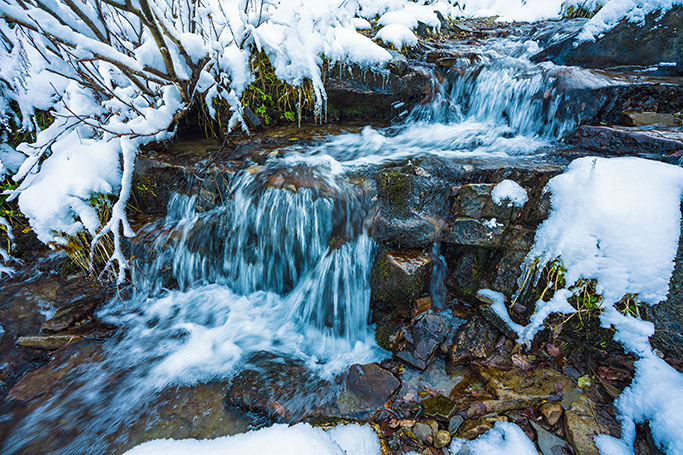
Snow is essential to our ecosystem. According to the National Snow and Ice Data Center, “Snow cover helps regulate the temperature of Earth’s surface, and once that snow melts, the water helps fill rivers and reservoirs in many regions of the world”, providing early spring moisture to awakening plants.
Snow forces us to slow down, literally, and figuratively. Lower road speeds are necessary. But snow also reminds us of the importance of arriving safely at our destination or making the difficult decision not to travel.
Winter is a time of respite for many of us in the Green Industry. Spring, summer and fall can bring long hours of hard work and time lost with family and friends. But winter is quieter, allowing us to catch up. Winter hobbies can be rediscovered.
Snow is also a source of income for many in the Green Industry. When planting isn’t possible, many Christensen’s customers turn to snow removal. Fingers crossed, it will be a bit before the flakes fly. But businesses need to plan. Christensen’s already has Ice Melt in stock, with options to order in larger quantities. Contact your salesperson today to inquire!



